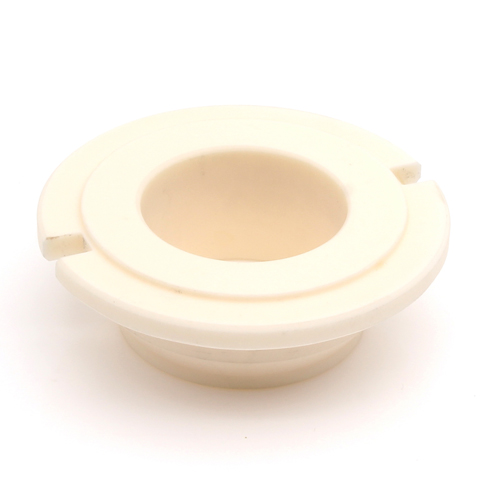Have questions before you get started?
Our team is here to provide the answers and support you need.
A ceramic is an inorganic non-metallic solid made up of either metal or nonmetal compounds that have been shaped and then hardened by heating to high temperatures. In general, they are hard, corrosion-resistant and brittle.
Traditional ceramics are clay–based. Most likely earthenware, stoneware and porcelain. The composition of the clays used, type of additives and firing temperatures determine the nature of the end product.
Advanced ceramics are not generally clay-based. Instead, they are either based on oxides or non-oxides or combinations of the two:

Production processes firstly involve thoroughly blending the very fine constituent material powders. After shaping them into a green body, this is high-temperature fired (1,600–1,800°C). This step is often carried out in an oxygen-free atmosphere.
The high temperature allows the tiny grains of the individual ceramic components to fuse together, forming a hard, tough, durable and corrosion-resistant product. This process is called sintering.
The common ceramic we find in the sealing industry includes:
Ceramic is a versatile seal face material that is generally inexpensive. It is a hard material & light to touch, with a white color. Ceramic offers excellent wear characteristics & chemical compatibility. Unlike other mechanical seal face materials though, it cannot handle thermal shocks. Ceramics retain heat when equipment is not operating, and general start-up procedures can easily crack this seal face material. Ceramic, like silicon carbide, will shatter/crack if contacted with force or dropped.
Classification of Ceramics are based on their:
| Properties | Unit of Measurement | Value |
| Alumina Content | % | ~96 |
| Density | g/cm3 | 3.6 – 3.7 |
| Hardness | HRA | 78 |
| Water Absorption | % | 8 |
| Flexure Strength @20 oC | MPa | 300 – 350 |
| Elastic strength @20 oC | GPa | 350 – 370 |
| Stiffness/weight @20 oC | Per sec | 80 |
| Compressive Strength @20 oC | GPa | 2.4 – 2.8 |
| Tensile Strength @25 oC | GPa | 0.24 – 0.26 |
| Fracture toughness K10 | MPa | 3.0 – 3.3 |
| Max. use Temp | oC | 1500 |
| Properties | Unit of Measurement | Value |
| Alumina Content | % | ~99.5 |
| Density | g/cm3 | 3.8 |
| Hardness | HRA | 80 |
| Water Absorption | % | 5 |
| Flexure Strength @20 oC | MPa | 382 |
| Elastic strength @20 oC | GPa | 393 |
| Stiffness/weight @20 oC | Per sec | 92.1 |
| Compressive Strength @20 oC | GPa | 2.945 |
| Tensile Strength @25 oC | GPa | 0.2552 – 0.2667 |
| Fracture toughness K10 | MPa | 3.5 +- 0.05 |
| Max. use Temp | oC | 1600 |
Our team is here to provide the answers and support you need.

We provide engineered solutions to various engineering industries for their demanding applications.
+91-98205 16718
+91-99876 97270
unitedsealing@gmail.com
sales2@unitedsealing.com
Jogeshwari West, Mumbai, Maharashtra, INDIA
Sign up our newsletter to get update information, news and free insight.